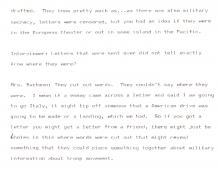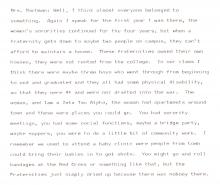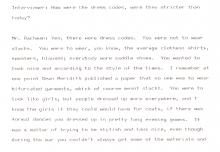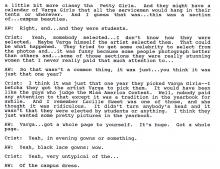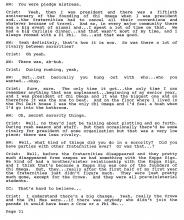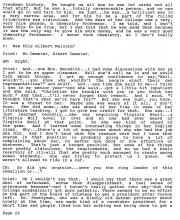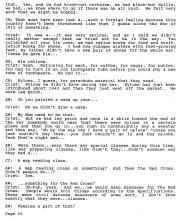Female Students Write to Boyfriends during World War II
According the Helen Alexander Bachman (Class of 1946) in a 1990 interview, Dickinson students informed themselves about the war and the world situation via radios and newspapers. Female students with boyfriends in the service received news through letters. Although the military censored correspondence between soldiers and the home front, recipients were often able to determine whether servicemen were in the Euroepan theater or in the Pacific.

